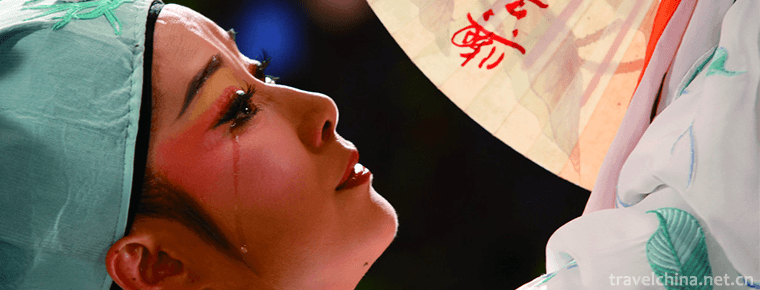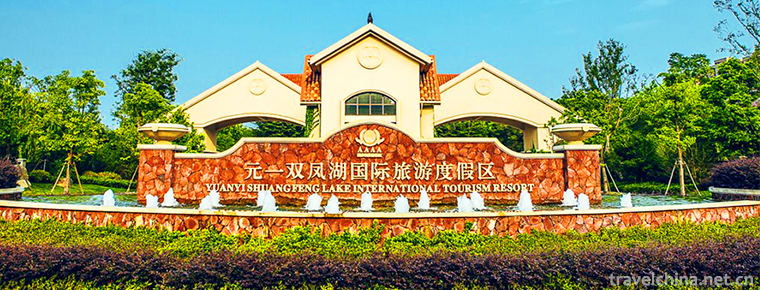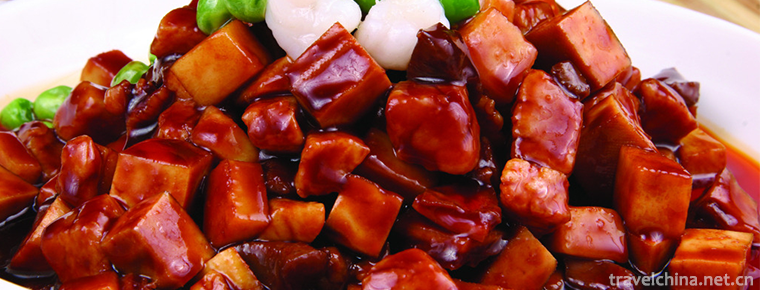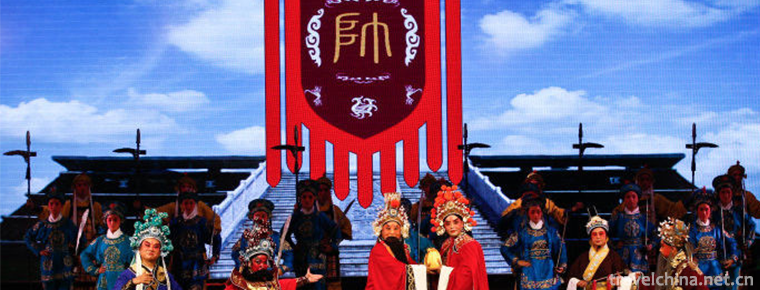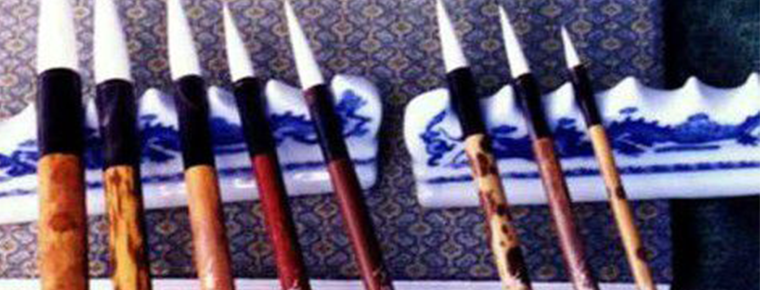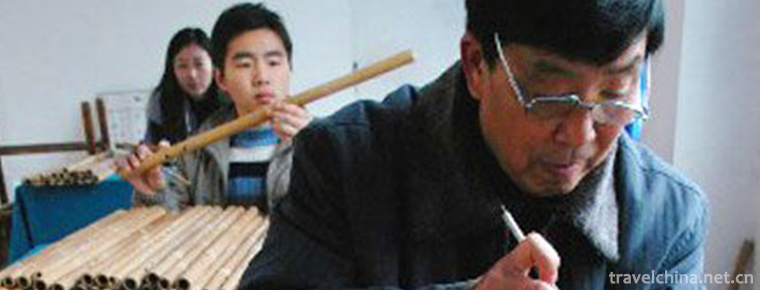Glass Firing Techniques
Glass Firing Techniques
Glass firing technology, Beijing Mentougou District, Shanxi Province, local traditional handicraft, one of the national intangible cultural heritage.
It usually takes more than ten days to make the glaze, and more than twenty procedures are needed to complete the firing process. Firstly, crucible clay is selected and proportioned, then crushed and washed, mud is smelted, moulded and formed. After the body is dried, it is burned in kiln. Then, according to the pattern, glaze is applied and color is burned in kiln. Finally, a finished product of glaze is finished.
On June 14, 2008, the glazed firing technology was approved by the State Council of the People's Republic of China and listed in the second batch of national intangible cultural heritage list, item number: _-90.
historical origin
Han Wei period
The production and application of Chinese architectural glaze did not appear in the records of ancient books until the Han Dynasty. There is a section in Xijing Zaji that records and describes glazed products. This record can show that the green glaze described in this paper is similar to glass products in ancient Chinese glaze. It can be seen from this that from the Western Han Dynasty, the Royal Empire used glazed interior decoration, and "window corridors are mostly green glazed, also all of them can be seen." It seems that the decorative effect of glass on buildings is very good.
Along with the advance of the times, the firing technology of Chinese porcelain has promoted the all-round development of China's firing industry, and the firing technology of ancient Chinese flowing glaze has also been improved. On the basis of the ancient method of glaze, the Chinese people can standardize the batch production of glazed products by using firing technology.
Sui and Tang Dynasties
In the Sui Dynasty, due to the continuous wars between the Northern and Southern Dynasties and the frequent changes of dynasties, it was difficult to determine the capital city, let alone build the palace. The technique of firing glaze for royal buildings has long been lost. Later, He Cong tried to use the firing technique of firing porcelain to produce green tiles. The result was similar to that of real glaze, thus restoring the lost firing technique of glaze.
In the field of architecture in Tang Dynasty, the royal building glaze firing technology exchanged with the overseas glaze firing technology of China more and more frequently, and a golden development period of glaze firing technology emerged.
Song Jin period
In the Northern Song Dynasty, the firing technology and production of glaze were greatly improved. The glazed pagoda at Youguo Temple in Kaifeng is a representative work of architecture decorated with glazed materials.
When the Northern Song Dynasty was destroyed by the Jin Dynasty, a large number of craftsmen were plundered from Bianjing to Yanjing to build the imperial city. In 1151, the Jin Dynasty began to build the capital of the imperial city, and built palaces and mausoleums on a large scale. So many glazed tiles were used so frequently, which promoted the rapid development of glazed tile firing techniques in China.
Process characteristics
modelling
As an indispensable component and ornament of imperial architecture, glazed tiles fired by Liuliquor Kiln are always supervised by the Royal "Tiangong Workshop" and are not allowed to innovate and change at will. The models of various components of imperial architecture have undergone some evolution from the last dynasty to the basic finalization of the Ming and Qing dynasties.
theme
The performance theme of glazed component is very rich, and it is applied to different levels of architecture, including people, animals, plants, animals, children and other subjects. Among them, Swiss beast is the main body of decorative content, which mainly appears in the imperial palace. Other subjects are applied in relatively relaxed environment or as subsidiary decorative content.
raw material
The glaze is unique: quartz and lead oxide are the main glazes. It is a base glaze of lead-containing firing glass with bright and transparent bottom. It is an authentic formula raw material for traditional glaze.
Crucible clay is the superior raw material for firing porcelain and glazed tile in northern China. The crucible clay used in glazed kiln is a special crucible clay, which can be used for fine selection of materials and can be sampled and fired first to meet the standard before it can be used. The crucible in the soil has the characteristic that although it is black soil, it becomes white after one plain firing. Therefore, the vitreous matrix of Liuliqu Guanyao kiln is moonwhite and hard. It is easy to hang glaze and does not unglaze.
Technological process
The technological process of glaze firing can be divided into the following parts:
Pre-preparation
1. Material selection
The technological process of firing glaze is firstly material selection. The main raw material of firing glaze products is crucible soil from Liuliqucun to Huaizi Mountain. The crucible soil mined should also be selected. The standard of material selection is crucible earth with less iron. The embryos burned in this way are white, and the embryos burned in the pile soil with more iron are red, which affects the brilliance of glaze.
2, sun drying
After the material is selected, the raw material is pulled back to the kiln for sunning, because the raw material extracted contains moisture, and the dry material is easy to crush and crush.
3, ingredients
Other raw materials such as pyrophyllite and ripe tiles need to be added to the new crucible soil. It is mainly used to improve the anti-deformation ability of products in the manufacturing process, and the ratio is generally about 15%.
4, comminution
It is to crush the heap of soil that has been aired. The crushed material must be as fine as flour.
5. Yin mud
Next we have to wash, also known as pharynx mud. It is to build several large pools, put the prepared materials into the pool and put water into the pool for drying. The water quantity is based on saturation. According to the production requirements of the products, the time is 7 to 8 days.
6. Agitate mud.
Also known as mud refining, the traditional method of mud agitation is manual stirring, mainly foot or with a mud fork to throw mud, at least three times or more, the more mud trampling or mud throwing, the better use.
Production of glaze
1. Steady work
Also known as "kissing" is the first work of "the last three works". This process is mainly to complete the design of glazed products, component modeling and die making.
2. Kiln making
Vegetarian burning is also called burning out. Kiln burning is one of the "top three works", called "Fuzuo". The requirement of close operation is very technical. This process mainly includes billet loading kiln, kiln burning, kiln discharging.
3. Glaze work
Glaze work is one of the "top three works", this process is mainly glaze matching, glazing and firing.
Inheritance and protection
Inheritance value
The glazed firing technique is an outstanding achievement in the history of Chinese ceramic art. The various forms, colorful colors, rich shapes and exquisite techniques of glazed products are of great artistic value. It has played an important role in the development of architectural industry and the beautification of buildings in past dynasties. It is the embodiment of ceramic art and sculpture art in Chinese traditional architectural culture. The glazed architecture has become a rich nation. Architectural forms with characteristics and traditional cultural connotations. Liuli firing technology is an important part of traditional ceramics, which concentrates on the production technology of low-temperature lead glazed pottery in China.
Inheritance status
With the decline of traditional architectural forms, the demand for glazed coal is gradually decreasing. Due to the environmental protection problems existing in the firing of glazed coal kilns, together with the shrinkage of industry, the loss of personnel and the abandonment of production techniques, the traditional technology of glazed coal firing is on the verge of extinction, which urgently needs the attention of relevant parties.
Inheriting characters
Ge Yuansheng, male, was born on May 10, 1940. On May 26, 2009, Ge Yuan-sheng was selected as the representative successor of the third batch of national intangible cultural heritage projects and declared by Shanxi Province. Project Name: Glass firing skills.
Jiang Jianguo, male, was born on February 2, 1958. On May 26, 2009, Jiang Jianguo was selected as the representative successor of the third batch of state-level intangible cultural heritage projects and declared in Mentougou District, Beijing. Project Name: Glass firing skills.
Joe Moon, male, was born on July 30, 1963. On December 20, 2012, Qiao Yueyue was selected as the representative successor of the fourth batch of national intangible cultural heritage projects, which Shanxi Province declared. Project Name: Glass firing skills.
protective measures
In 2017, Mentougou District and Beijing Art Director co-authored the drama Yongding Family based on Liuliqucun Village, so that the spirit of Liuli can be inherited in theatre art. It will be the next 700-year journey of Liuli to enter millions of households by means of the cultural symbol of Liuli.
On June 30, 2010, Beijing Liuli Canal Cheng Thick Liuli Art Studio was officially registered and set up to promote and display the essence of imperial Liuli Art, which plays an important role in protecting and inheriting the production skills of Liuli and excavate the profound historical and cultural heritage of Beijing's ancient capital for thousands of years.
social influence
Honorary commendation
On April 12, 2016, Shandong Zibo Manpower Culture Design Team's peach culture glazed handicraft series won the silver prize in the national peach culture tourism evaluation exhibition.
Important exhibition
On September 13, 2018, the 5th China Intangible Cultural Heritage Exposition opened at the ShunGeng International Convention and Exhibition Center in Jinan, in which the glazed firing skills were displayed.
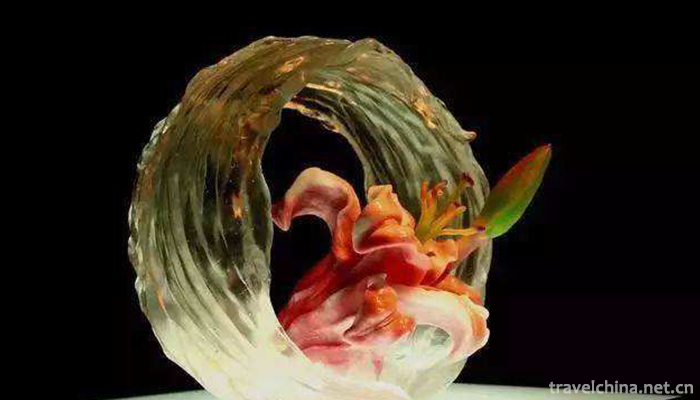
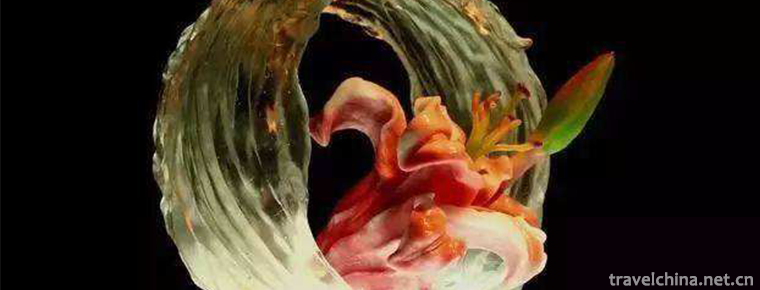
Glass Firing Techniques
-
legend of butterfly lovers Liang Zhu
Legend of Liang Zhu (Legend of Liang Shanbo and Zhu Yingtai) is a sad and moving love story. It is also called four ancient Chinese folklores with Meng Jiangnu, Niulang Zhinu and White Snake Biography
Views: 326 Time 2018-12-23 -
Legend of Meng Jiangnu
Meng Jiangnu's story, as one of the four love legends in ancient China (the other three are Niulang and Zhinu, Liang Shanbo and Zhu Yingtai, and The Legend of White Snake), has been widely circulated
Views: 298 Time 2018-12-23 -
Yuanyi Shuangfeng Lake International Tourist Resort
Yuanyi Shuangfeng Lake International Tourist Resort in Anhui Province is a high-level tourist resort integrating Golf and leisure. Located in the beautiful scenery, with a total area of more than 2000
Views: 152 Time 2018-12-23 -
Eight Delicacies in Hot Sauce
Babao chili sauce is a famous traditional dish in Shanghai, with bright color and spicy fragrance. It is improved from fried chili sauce. "Babao chili sauce" tastes hot, fresh and slightly s
Views: 222 Time 2019-03-25 -
Han tune
The mast of Hanzhong Diaoqu, a local traditional drama in Hanzhong City, Shaanxi Province, is one of the national intangible cultural heritages.
Views: 194 Time 2019-05-02 -
Craftsmanship of Lake Pen
Hubi craftsmanship, the traditional handicraft of Shanlian Town, Huzhou City, Zhejiang Province, is one of the national intangible cultural heritage.
Views: 223 Time 2019-05-03 -
Making Skills of Filament Mosaic
Silk mosaic is one of the traditional handicraft techniques in China. Gold, silver and copper are drawn into silk, and various decorations such as jewelry and utensils are made by various techniques.
Views: 167 Time 2019-05-04 -
Production Techniques of Yuping Xiaodi
Yuping Xiaodi is made of a special bamboo as raw material through four processes: material taking, blank making, carving and finished product. The manufacturing process is complex and all of them are
Views: 175 Time 2019-07-16 -
leshan normal university
Leshan Teachers College was founded in 1978 and approved by the Ministry of Education in March 2000. The former Leshan Teachers College and Leshan Education College were merged and upgraded to general
Views: 185 Time 2019-08-31 -
Jianmen Shu Road
Jianmen Shudao is one of the first batch of national scenic spots, with jianmengguan as the core, starting from Ningqiang, Shaanxi in the north and Chengdu in the south, with a total length of 450 km. The culture of the three kingdoms along Jianmen Shu Road is profound. Pang Tong, Jiang Wan, Jiang Wei, Deng AI,
Views: 239 Time 2020-11-08 -
Science and technology of Panzhihua
In 2018, there were 2865 patent applications in Panzhihua. The output value of high-tech industry reached 53.1 billion yuan, and 2015 science and technology projects were arranged, including 780 high-tech projects, 320 new high-tech projects in that year, and 16 science and technology
Views: 356 Time 2020-12-14 -
Mineral resources in Yibin
There are 44 kinds of mineral resources discovered and evaluated in Yibin, 305 mineral areas. Among the 23 kinds of proved reserves with E-class reserves, there are 6 kinds of large-scale mining value
Views: 145 Time 2020-12-18
